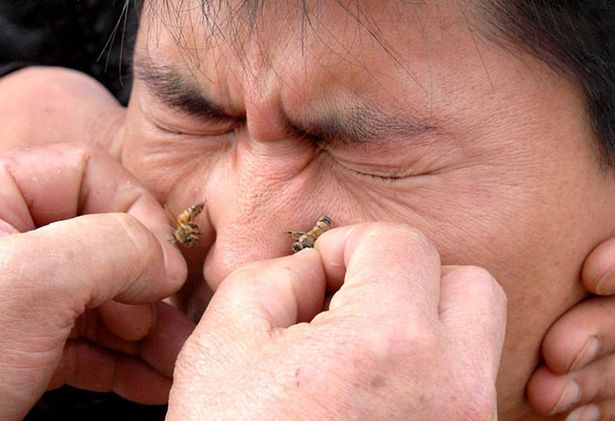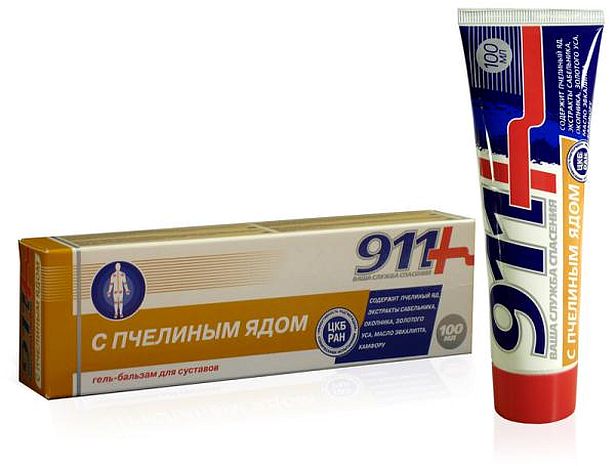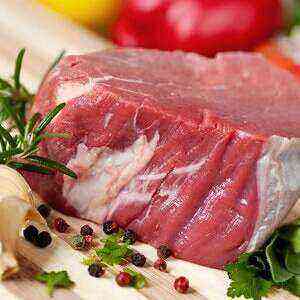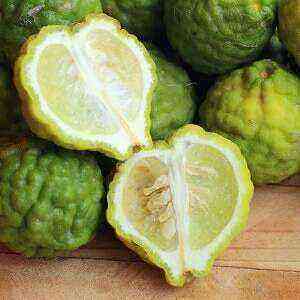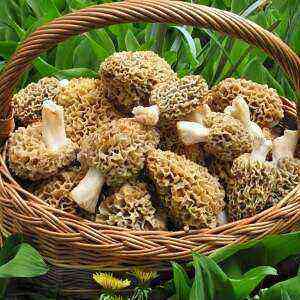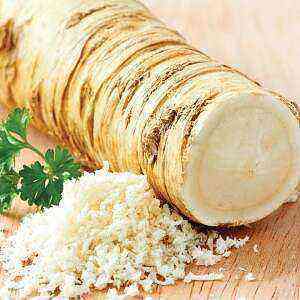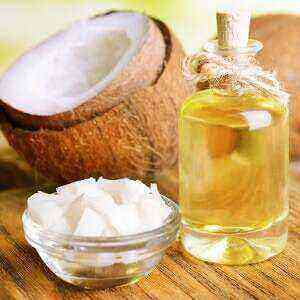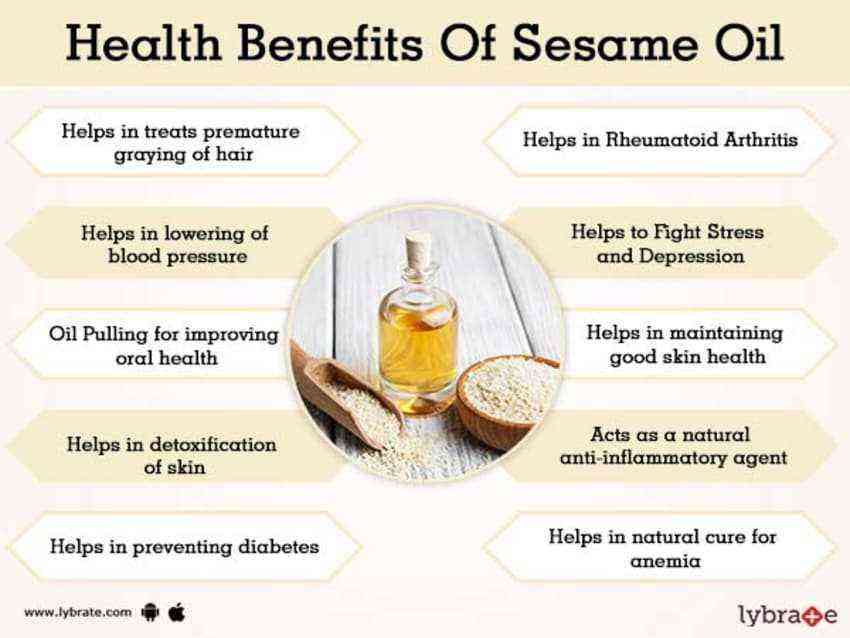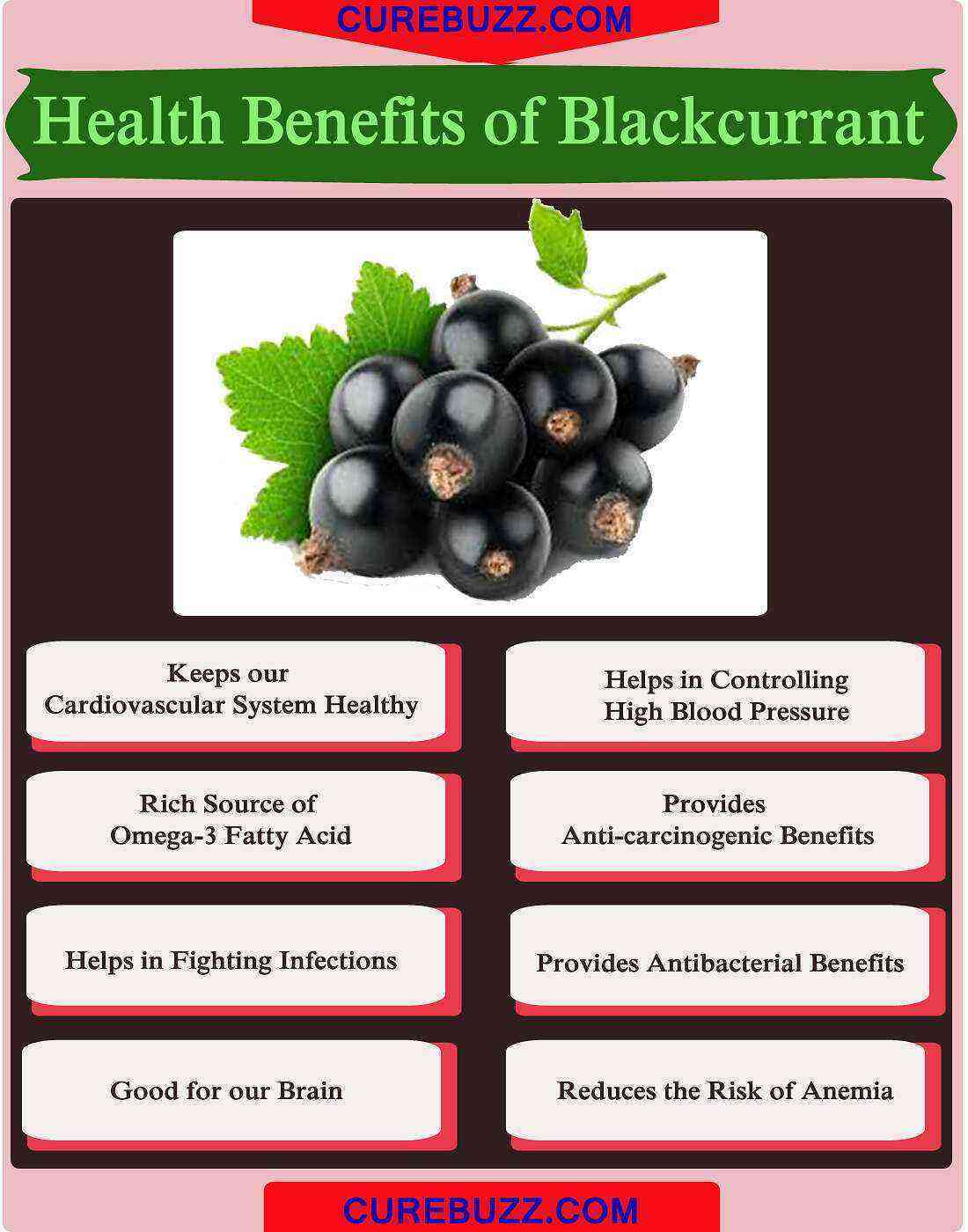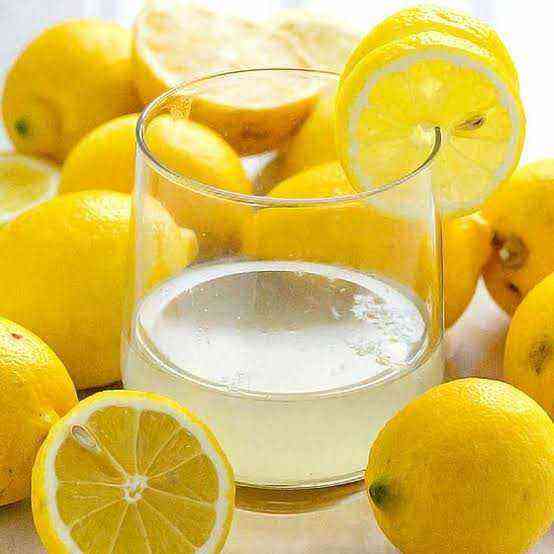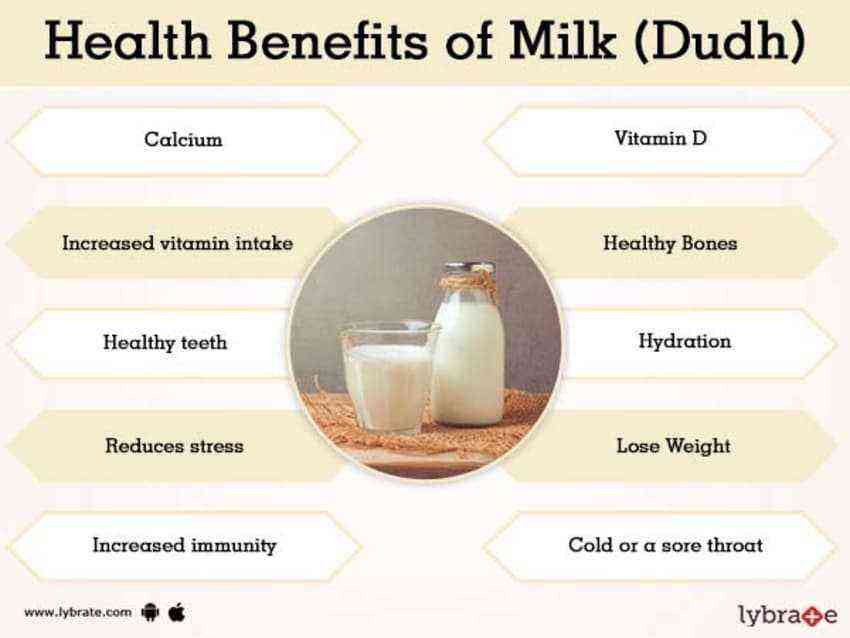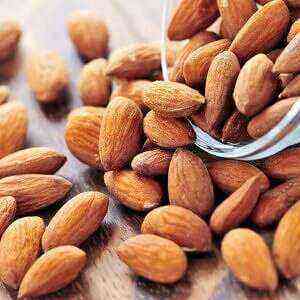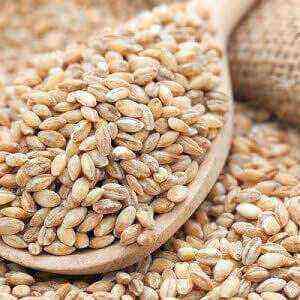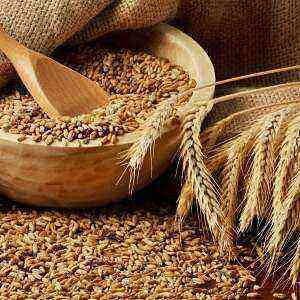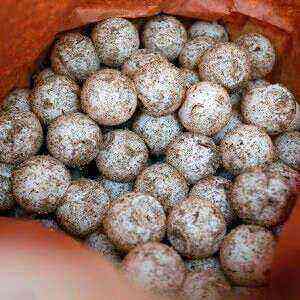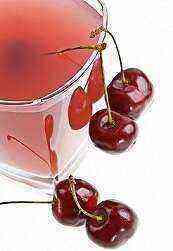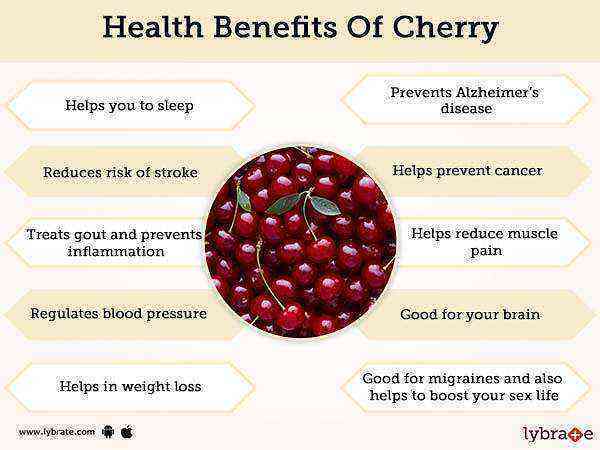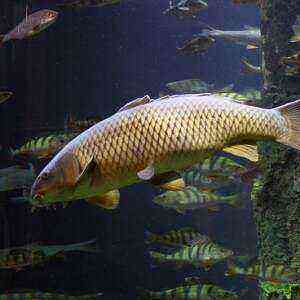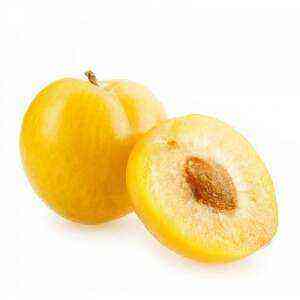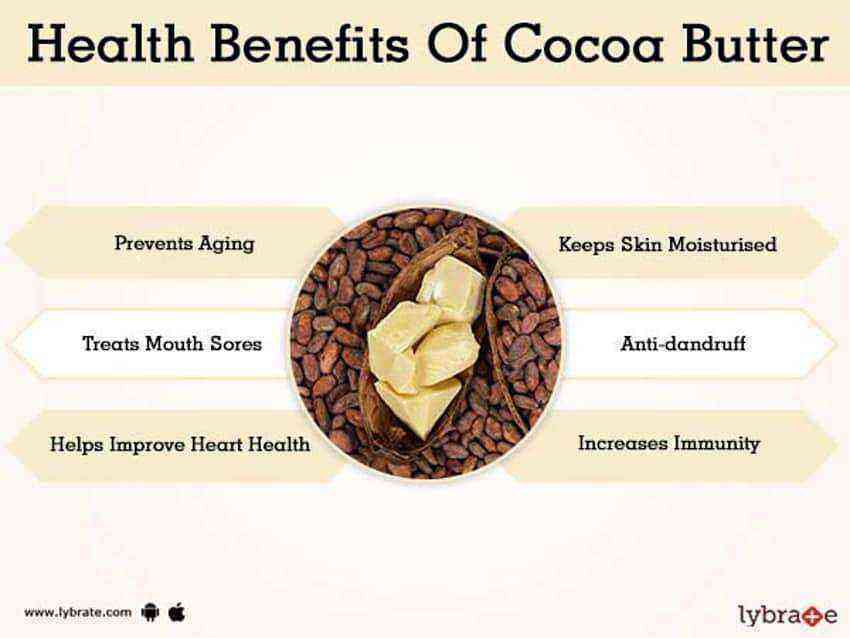Many people do not even suspect that bee stings not only do not harm the body, but also benefit a person. Today, bee venom is used in the treatment of many diseases, since it increases the amount of hemoglobin and improves metabolism, reduces blood clotting, lowers blood pressure, increases tone, efficiency, and stabilizes sleep and appetite.
In academic terms, bee venom is a product of the secretory activity of the glands of worker bees. Its scientific name is apitoxin. In Russia, the method of bee stings began to be used as early as the 19th century in the treatment of rheumatism and gout. It received mass distribution already in the USSR in the 60s of the last century. At present, this method has been thoroughly studied and polished, and a lot of statistical data have been obtained, indicating successful drug use.
Thus, treatment with bee venom has a good scientific basis and is approved by official medicine.
Composition
This is a complex substance, the chemical composition of which includes enzymes, proteins, amines (histamine, choline), volatile oils, acids (hydrochloric, phosphoric, formic).
Biologically active substances that make up bee venom are divided into 3 groups:
- Proteins with enzymatic properties – phospholipase A2, hyaluronidase and acid phosphatase.
- Biogenic amines: histamine, dopamine and norepinephrine.
- Toxic polypeptides: melitin, apamine, MCD-peptide, tertiapine, secapine, histamine-containing penta- and tetrapeptides.
Bee venom contains 18 essential amino acids: alanine, valine, glycocol, serine, trionine, lysine, arginine, glutamic and aspartic acid, and others.
Benefit
The most effective treatment with bee venom turned out to be in diseases of the peripheral nervous system (radiculitis, neuritis), joints, as well as in rheumatism and allergic diseases.
In addition, the benefits of bee venom have been proven in dozens of other diseases and have found application in cardiology, gastroenterology, endocrinology, pulmonology, urology, and even psychiatry.
Here are just a few selective medicinal properties of this beekeeping product:
- lowers cholesterol;
- enhances the action of enzymes and hormones;
- promotes the early fusion of bones;
- lowers the temperature;
- has a positive effect on the central nervous system;
- increases immunity;
- used to treat gastrointestinal diseases: stomach ulcer and duodenal ulcer, colitis, gastritis, cholelithiasis, cholecystitis, chronic hemorrhoids;
- has anti-inflammatory effects;
- improves sexual function;
- improves hearing, memory and vision.
Противопоказания
If used ineptly, bee venom can wreak havoc. Therefore, it should be used strictly in dosage. In principle, a healthy person can tolerate a simultaneous sting of 15 bees without consequences. Anything greater than this is harmful.
In addition, there are other contraindications for the use of bee venom:
- idiosyncrasy;
- acute and chronic infectious diseases;
- diseases of the cardiovascular system, liver, pancreas and kidneys;
- peptic ulcer during an exacerbation;
- severe forms of bronchial asthma;
- pregnancy, breast-feeding;
- diabetes mellitus type 1;
- cancer;
- sexually transmitted diseases;
- a month after vaccinations.
How to use
There are several ways:
- sting by bees in special laboratories under the supervision of a doctor;
- intradermal administration of ready-made ampoule preparations of bee venom;
- rubbing ointments;
- resorption of tablets.
The best option is the first. If this is not possible, then you should use ready-made preparations containing bee venom. For example, virapin, apizartron, apifor, forapin, apitoxin, ungapiven, apikur. Follow the directions for use.

